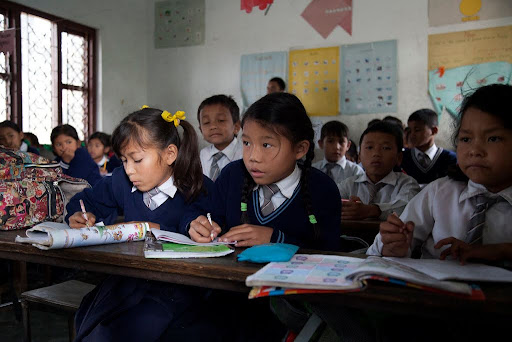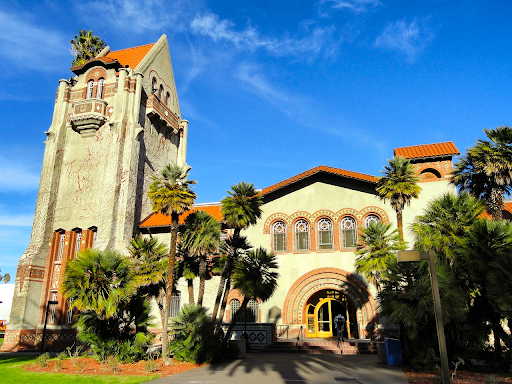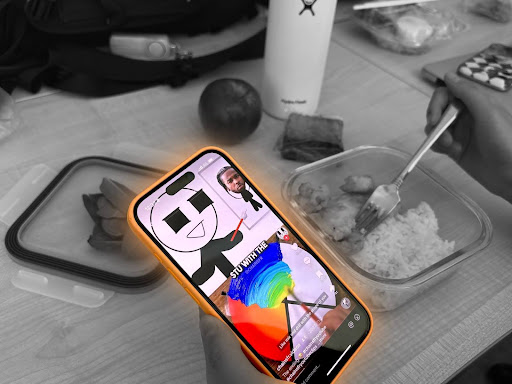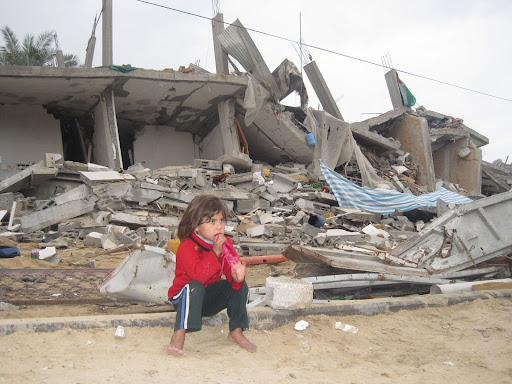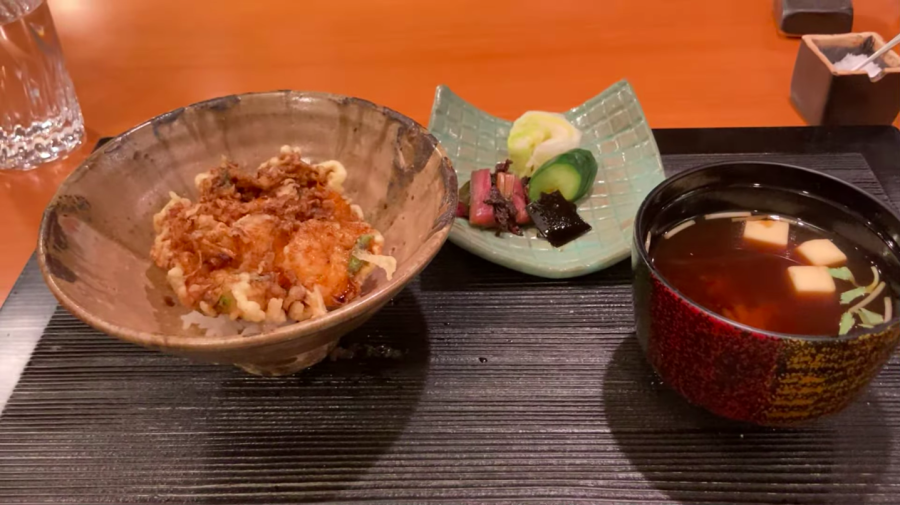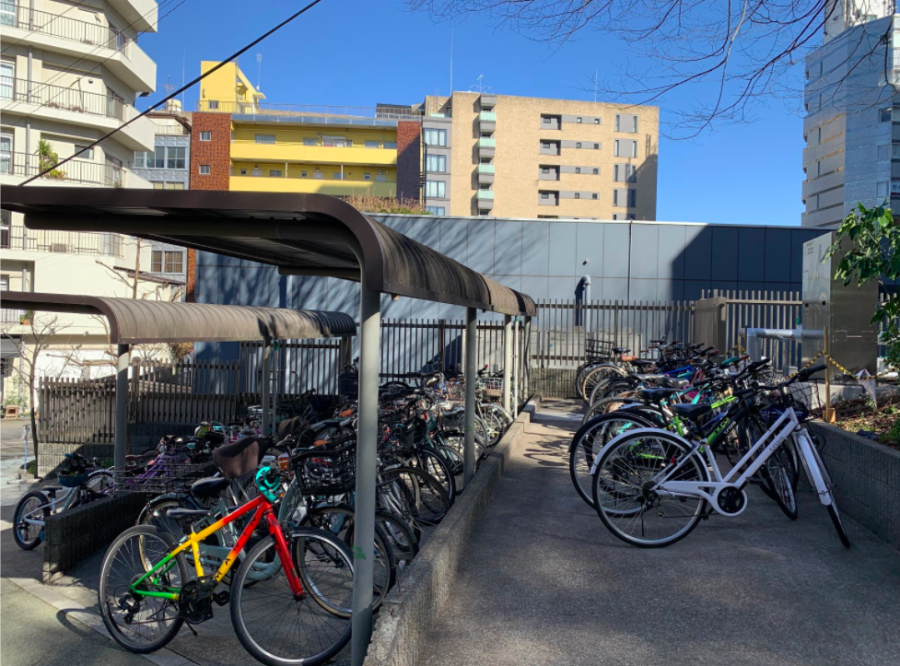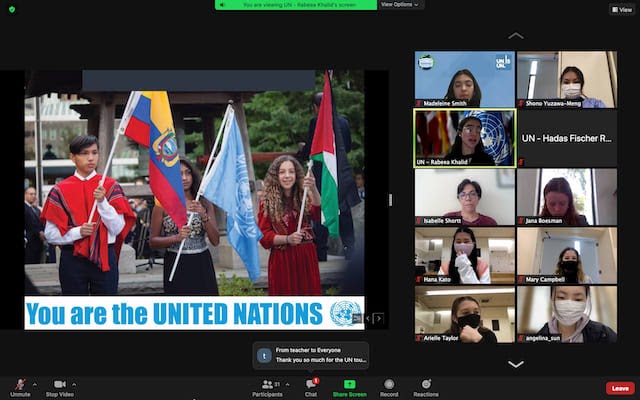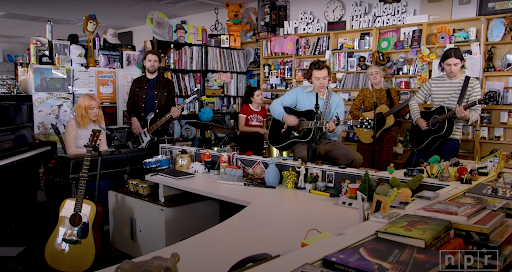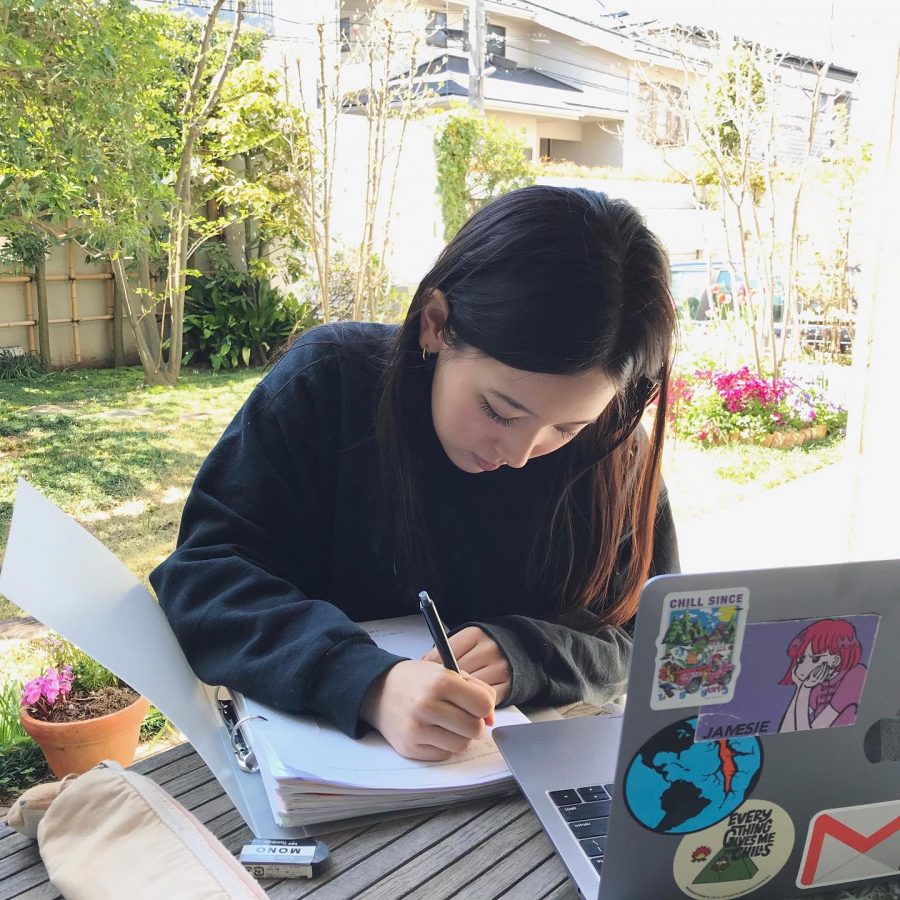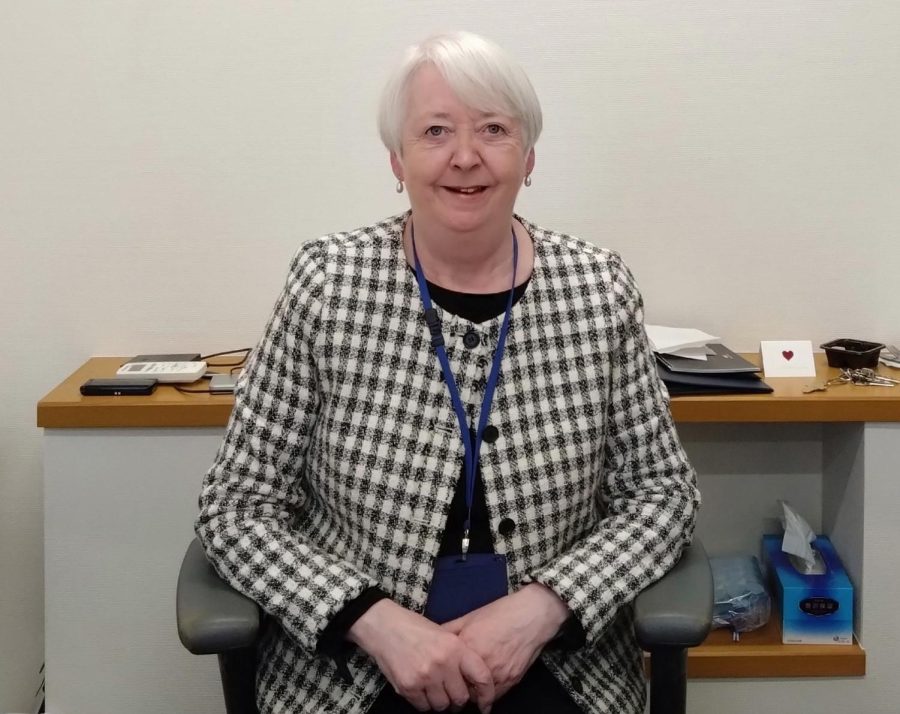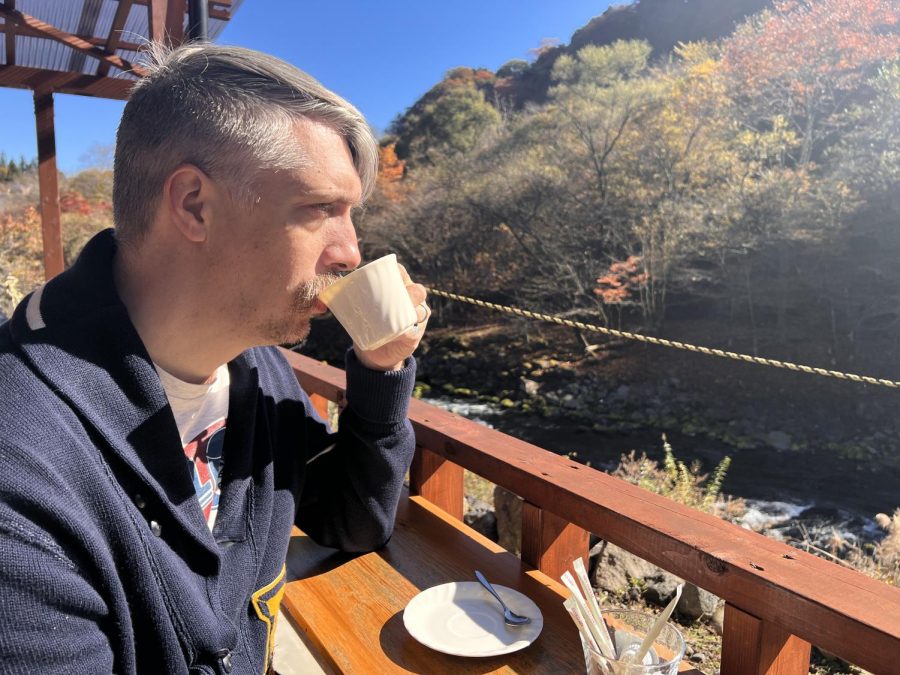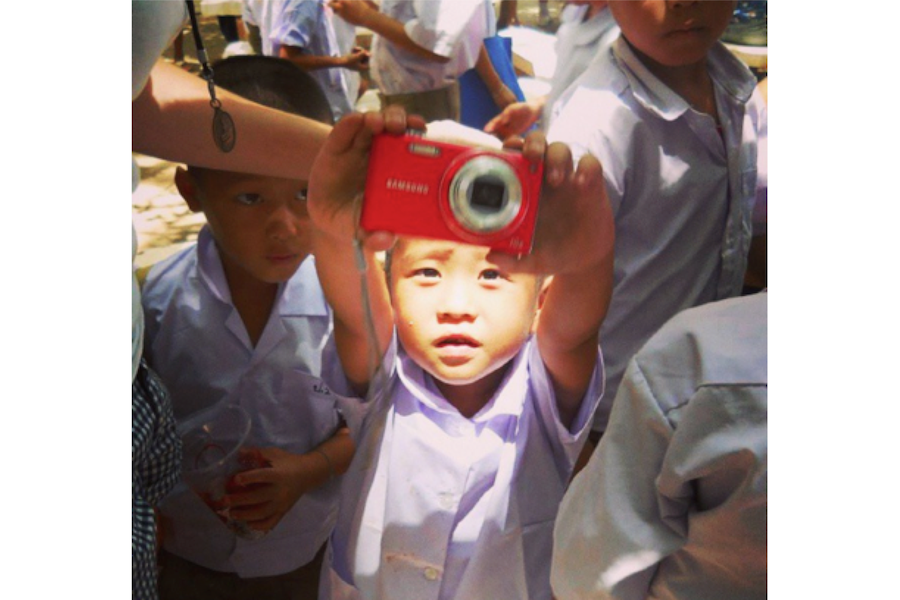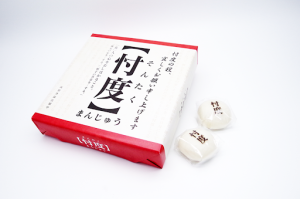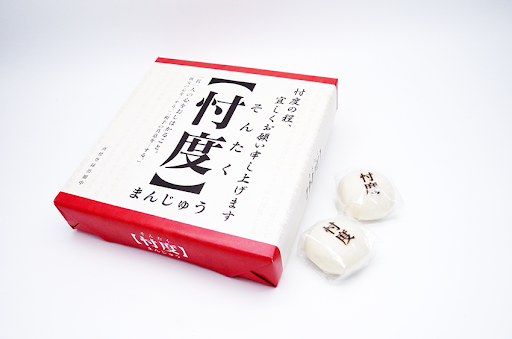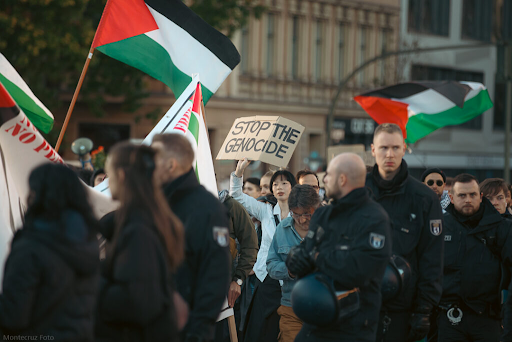Volunteering without a selfie stick
“No act of kindness, no matter how small, is ever wasted.”
March 24, 2016
“No act of kindness, no matter how small, is ever wasted.” The Greek fabulist, Aesop, highlighted the importance of giving. Although volunteering may seem like a worthwhile cause, it is slowly transforming into voluntouring: a form of tourism in which travellers participate in voluntary work. From high schoolers searching for potential college essay topics to Facebook users needing new profile pictures, the rise of voluntourism has made it easier for individuals to feel like philanthropists without putting in the hard work of providing aid.
The biggest problem with voluntourism is that it is often focused on benefitting the volunteers instead of the community. While every volunteer should feel compassion during their experience, it is also crucial that what they do improves the situation of the less fortunate. Voluntourism, in my opinion, is highly dependent on people’s insecurity and guilt of being more privileged. For example, like many companies out there selling the “volunteering experience”, one company charges US $4,000 for high school students to help out at an orphanage and feel better about themselves. The “hard work” often ends with a swim at four-star hotels. Similarly, an online voluntourism advertisement for potential gap year student volunteers reads, “you can start anytime and choose your duration” and “you will gain creative experience”, but none of the statements mention the impact volunteers would be able to create in the community. Ironically, the children they “assist” are still in the exact same situation as they were earlier.
The rise of voluntourism also contributes to the exploitation of children. Two years ago, while I was working at the monastic orphanage in central Yangon, I met a newlywed couple who came with intentions of volunteering. They sat down at a table and started to make rubber band bracelets with the children. The children, as much as I was aware, wanted to go play outside with the other children. This situation is not uncommon. Children are forced to satisfy the needs of tourists who come in for “humanitarian purposes”. Otherwise, they are deemed ungrateful. Another tourist I had spoken to said, “I was making him a beautiful rubber band, but all he wanted to do was play with his action figures. I can’t believe I flew 8,000 miles for this.” Her apparent disappointment and self-absorption surprised me. The little boy already had 15 bracelets, none of which he wore. These children are not tourist attractions, nor actors to appease a guilty conscience. If the tourists had real intentions to assist these children, they could have been more pragmatic in their approach, such as by providing second-hand clothes, English lessons, or funds to support the maintenance of the orphanage.
Lastly, the rise of voluntourism has made it easy for us to degrade the poor, merely treating them as photography objects. Less than a year ago, I encountered a tour company’s booth in Mandalay who charged $45 for a “care package” that travellers could donate to the poor families living in the area. The overpriced care package included clothes, food, and school supplies all nicely wrapped with plastic and ribbons. Tourists were able to go up to the local people and hand out food to the family of their choice. While tourists have the option of supporting the community by eating at local family-owned restaurants or buying handmade souvenirs, some would rather support these tourist booths instead. Though families ultimately receive their necessities, they are treated like petting zoo animals.
Social media has contributed a lot to voluntourism. A friend of mine went on a two-week trip to Peru. After visiting Machu Picchu and an orphanage, she wrote, “I can’t believe how life-changing this trip was. It was inspiring and made me realize how fortunate I was.” Her post was accompanied by 20 photos of her with the children sitting uncomfortably on her lap. When asked to name at least one of the children, she replied, “I didn’t ask.” Most facebook photos include pictures of children uncomfortably sitting on laps, or of children surrounding the lavishly-clothed tourist. These photos are often unaccompanied by “pity” comments towards the children or praise from family members and friends for their “hard work” abroad. The attention received from social media posts negatively encourage people to support service trips with misdirected intentions.
As the rising generation, it is our responsibility to distinguish between volunteerism and voluntourism. In our school for example, our school theme this year is “reach out and serve” which ties into Sacred Heart’s third goal “social awareness which impels to action”. We have deep connections with organizations who maintain long-term commitments to their communities, such as SEEDS Nepal. SEEDS provide Luci Solar Lights and hot lunch programs for Nepali school children as well as clean water for the entire community. These community projects ensure that the disadvantaged receive adequate support. In addition to providing educational trips, they are also actively seeking new ways to increase the quality of life in developing regions.
In order to further promote volunteerism, the school should consider reaching out to TASSEL, a Cambodian organization dedicated to educating children. Volunteers can teach English in their own home to children through Skype every week. TASSEL is an example of the many different ways individuals can serve their immediate community, without travelling far.
However, if you want to extend your efforts beyond home, support reputable non-profit organizations such as the The Global Volunteer Network, which specializes in volunteer programs that benefit the community. Recommended by both Bill Gates and CNN, the organization has maintained an ethical reputation as well as a community-focused approach. By participating, you are not only going on a trip, but also providing long term benefits for the communities you visit.
Instead of spending US $5,000 on a trip organized by a for-profit tour company, team up with organizations who are committed to making a change, who have established long-term relationships with their communities, and whose primary purpose is to empower the poor. If done with correct intentions and genuine love, the effects of service can be significantly beneficial.
Oh, and, leave your selfie-sticks at home because self-congratulation is not an act of kindness.

